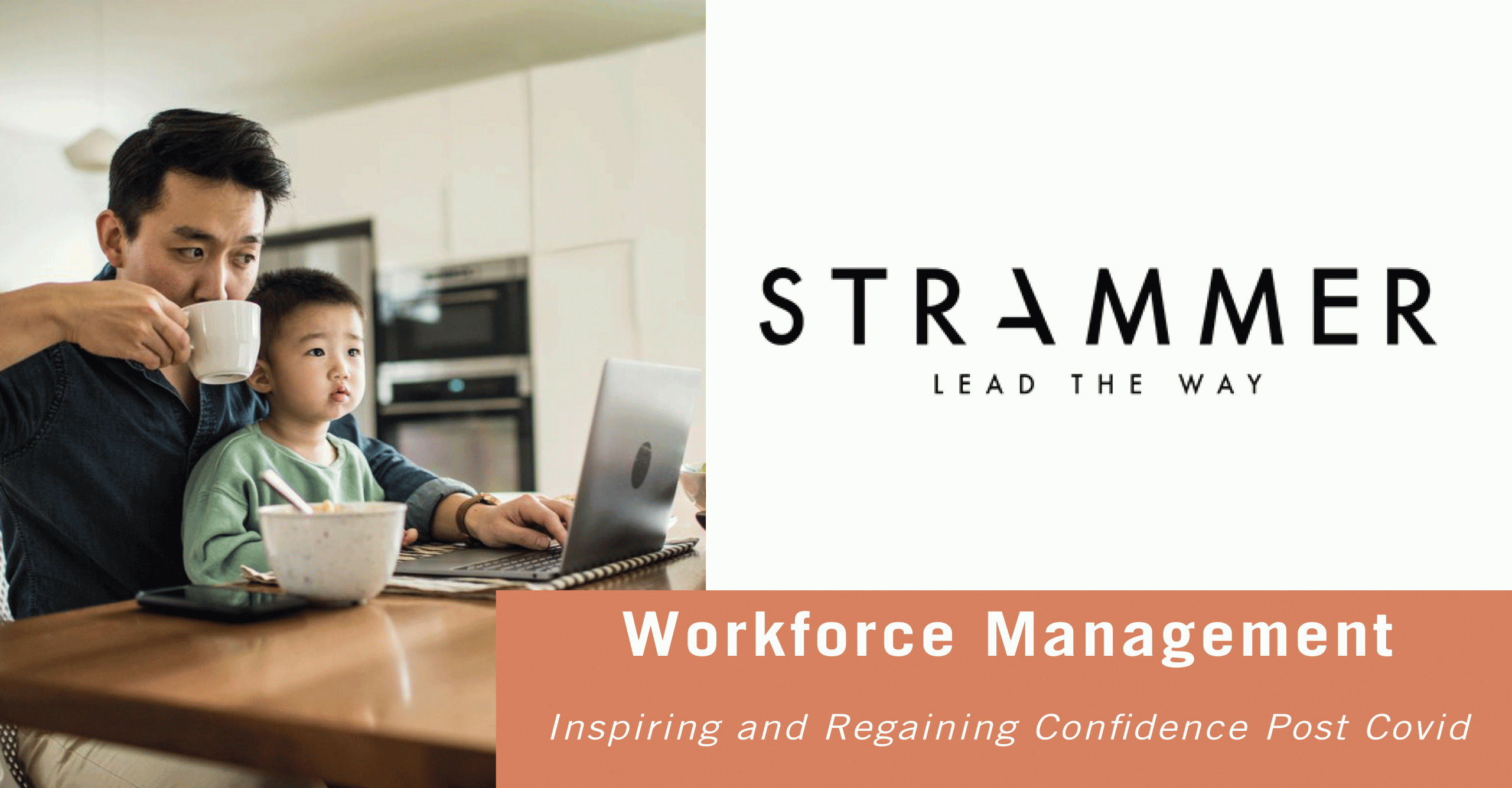Inspiring And Regaining Confidence Post Covid
One year after the beginning of the health crisis, companies face a new challenge in attempting to regain confidence from less eager employees to return to the workplace. While confidence was a problem in the workplace before the pandemic, the lockdown has made people feel more “impacted” by certain issues. Reasons being the anxiety from the crisis, the insecurity of job positions, and the uncertainty of future months ahead. One year later, the question for many leaders emerges: how to ensure comfort, safety and facilitate the transition for employees to come back to the office, after working remotely for a year?
Confidence is a soft skill, a state of mind that changes over time and like any other habit, it decreases when it is not practiced. After working from home for 6-8 months, employees have developed new work routines and lifestyles which have become their new ‘normal’. They have not had as many face-to-face interactions. Additionally, employers benefit from confident employees as they are happier, more performant and less likely to leave their position. It is an advantage to have a healthy balance since employees will engage more in challenging projects and step outside of their comfort zone. Lastly, it means that the person will manage and motivate their employees. According to a study, 94% of workers say they are happier when they feel certainty at work. As a result, employers should nurture this quality across their workforce, by hiring/promoting strong employees and supporting/recognizing their work.
However, to regain the confidence lost during the pandemic, it is necessary for employers to take specific measures to ensure trust, safety and comfort at the office. A study from the Kaiser Family Foundation showed that around 40% of people felt that the health crisis had a negative impact on their mental health. This is coming from stress and anxiety from the uncertainty of the situation. Similarly, a study suggests that 94% of people have turned down a job role because of nerves and 38% rejected job promotions due to low confidence. Since many companies had to reduce their teams, a constant stress arose as people were worried about losing their income, and not being able to find another job. The unemployment rate increased exponentially in certain sectors. Therefore, employers should focus on minimizing potential stressful situations and focus on the wellbeing of their staff. Ways to do this include, encouraging the team to communicate openly, outlining priorities and lastly, reassuring the staff to create a strong sense of certainty.
Although confidence has decreased because of the pandemic, there are other reasons why employee assurance can be disrupted in the workplace. Negative peer relationships and pack mentalities can undermine workers.
Thus, it is necessary for employers to take care and make efforts in comforting their workforce to ensure their confidence and happiness at work by showing trust in their employees to keep their high work performance despite the adjustments. If employees were productive working remotely during the pandemic, they will also be showing high productivity and performance working in a hybrid model. This model is a mix of work at home and at the office. Developing a healthy balance between the two working models will result in higher personal and professional performance.
References:
- How HR Can Inspire Teams And Rebuild Confidence In 2021, February 2021, Forbes.
- Regaining a Sense of Control at Work Post-Covid, April 2021, Ezra.
- How Organisations Can Rebuild Confidence, Trust in The Workplace Post-Covid19, October 2020, HRFuture.
- Covid-19 And The Employee Experience: How Leaders Can Seize The Moment, June 2020, McKinsey&Company.
- 10 Ways To Be More Confident At Work, May 2013,





